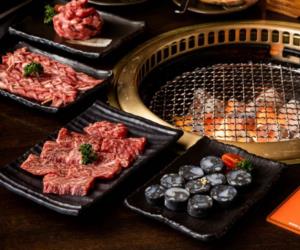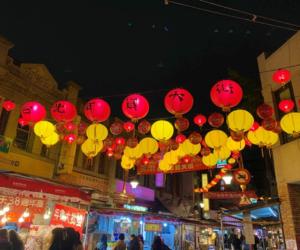The Everest Three High Passes Trek is one of the most thrilling adventures for trekkers who crave high-altitude challenges. This trek takes you beyond the classic Everest Base Camp route, crossing three of the highest passes in the world: Kongma La, Cho La, and Renjo La. For adventure seekers, it’s an unforgettable journey through rugged landscapes, glacial valleys, and remote Sherpa villages.
文章重點
Why the Everest Three High Passes Trek is Unique
Unlike the traditional Everest Base Camp trek, the high passes trek offers a more challenging and rewarding experience. You’ll see breathtaking Himalayan panoramas, including Mount Everest, Lhotse, Makalu, and Cho Oyu, from new perspectives. The journey is filled with adventure, culture, and the thrill of crossing high-altitude passes that few trekkers attempt.
This trek is ideal for those who want to combine the excitement of extreme trekking with the beauty of the Everest region. Every day brings new landscapes, from icy passes to lush valleys, making it a truly dynamic adventure.
Trek Statistics: Know the Challenge
Understanding the key statistics helps you prepare for the journey:
Average Length: 18–22 days
Total Distance: Approximately 130 km (81 miles)
Maximum Elevation: Kongma La Pass, 5,535 meters (18,159 feet)
These numbers indicate that the Everest Three High Passes Trek is physically demanding. Trekkers must be ready for long days, steep climbs, and extreme weather conditions at high altitudes. Proper acclimatization and preparation are essential for safety and success.
Highlights of the Trek
1. Kongma La Pass
Kongma La is the first of the three high passes. At 5,535 meters, it offers stunning views of Everest, Lhotse, and Makalu. The climb is challenging, but the panoramic scenery at the top makes every step worthwhile.
2. Cho La Pass
Cho La is known for its icy slopes and dramatic landscape. Crossing this pass gives trekkers a real sense of adventure, as they navigate glaciers and rocky paths. From the top, you can see breathtaking views of the surrounding peaks and valleys.
3. Renjo La Pass
Renjo La provides a less crowded but equally spectacular route. At 5,360 meters, it offers magnificent views of Everest, Nuptse, and Ama Dablam. The pass connects the Gokyo Valley with the Everest Base Camp region, giving trekkers the chance to explore both areas.
4. Gokyo Lakes and Villages
Along the trek, trekkers visit the serene Gokyo Lakes and traditional Sherpa villages. These spots offer a chance to rest, enjoy local hospitality, and experience the culture of the Everest region.
Best Time to Trek
The best seasons for the Everest Three High Passes Trek are spring (March to May) and autumn (September to November). During these months, the weather is stable, skies are clear, and mountain views are at their best. Avoiding the monsoon season is essential, as heavy rains can make trails dangerous and reduce visibility.
Tips for a Safe and Successful Trek
Acclimatize Properly: Spend extra days at higher altitudes to avoid altitude sickness.
Pack Essential Gear: Warm clothing, sturdy boots, trekking poles, and a first-aid kit are crucial.
Stay Hydrated: Drink plenty of water and eat high-energy meals.
Hire an Experienced Guide: Local guides improve safety, navigation, and cultural understanding.
Respect Local Culture: Interact politely with villagers and follow local customs.
Why This Trek is Worth It
The Everest Three High Passes Trek is more than just a physical challenge; it’s a journey through some of the most spectacular landscapes in the world. From icy passes to glacial valleys, from quiet lakes to bustling Sherpa villages, every step offers a new adventure. Trekkers leave with a sense of accomplishment and memories that last a lifetime.
Whether you are an experienced high-altitude trekker or someone looking to push your limits, this trek promises adventure, breathtaking scenery, and a deep connection with the Himalayas.





